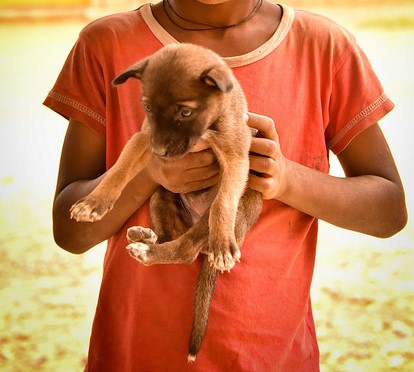Better is the end of a thing than its beginning, and the patient in spirit is better than the proud in spirit.
-Ecclesiastes 7:8
Last week didn’t start so well.
On Sunday, I broke a bone in my foot while simply walking (and falling, somehow) down the garage steps.
I’d already taken Monday off to attend my brother-in-law’s funeral but spent it on my couch instead with my newly-damaged foot elevated, commiserating with my husband, whose leg has developed a discolored, painful bulge—the leg from which veins were removed for his bypass surgery last fall. It’s not a clot, and that’s all we know until his appointment this week.
“I never would have believed that I wouldn’t be able to attend my own brother’s service,” he sighed. It’s a seven-hour round trip; neither of us was up to it.
I surveyed our legs, propped on the same stool. His left, my right. Mirror-images of each other. Except for my orthopedic boot.
I sighed, too, the entire left side of my body sore from overcompensating for the right. “I know. This is like being eighty years old or something.” Which is decades away…
Our college-student son, passing through the living room, quipped in his deadpan way: “Well, at least you’ll know what to expect when you are eighty.”
So. That was Monday.
On Tuesday I returned to work. It happened to be the 100th day of school, meaning that most kindergarten and first grade students (and many of their teachers) came dressed as old people. White hair, glasses, wrinkles sketched with eyeliner, canes galore.
For a split second, I mused: Who wants to live to be a hundred?
But the kids were adorable, their teachers were having fun, and God knows we all need to have more fun at school. Too much of it isn’t.
That is where my mind was when a little “old” person wandered up to me in the lobby where I rested on a bench between the arrival of buses, my morning duty.
A kindergartner. Big, mournful eyes moving from my boot to my face: “Are you all right?”
“Oh yes! I am fine,” I said, touched by the obvious concern in that small voice.
“What happened to your foot?
“Well, I broke a bone in it.”
“Does it hurt?”
“No, really, it doesn’t. The boot is a cushion for it, see, and it doesn’t hurt at all right now.”
A flicker of relief across the little, made-up old face. The tiny pseudo-centenarian went on her way.
That was Tuesday.
And Wednesday, and Thursday, and Friday. Everywhere I went, the kids wanted to know: What did you do to your foot?
I shared the X-ray with some of them, saw the fascination in their eyes.
Some didn’t ask anything. They came up to me just to say I hope you will be okay. I hope you feel better.
As I labored up and down the staircases, one careful step at a time—the elevator at school is BROKEN—I thought a lot about the curiosity and compassion of children, how natural these things are for them, how comfortable children are with asking and expressing. If we can preserve, nurture, stir curiosity and compassion through all of their formative years … what a different culture, what a different world, it would be. Possibly our greatest work.
The week ended much better than how it began. Not because of satisfying still more curiosity about my broken foot with ongoing questions, or the taste of true human compassion at its purest. Not because I made it through the first week of recovery, although that was a glad milestone. No. Friday was a day of festivities, of celebration, all shining from the children’s faces.
“Happy Valentime’s Day, Mrs. Haley!” called the little ones when they passed me in line in the hallways, inviting me to their classrooms to share their candy, their cupcakes, their joy.
Valentimes. The mispronunciation seems almost poetic. As in, these times are made for Valentines. Definitely for love.
Oh my, thank you, I’ll come see your goodies but you keep them; they were given to you.
You yourselves are gifts enough to me, children.
You as well as puppy therapy. ❤️
Dennis the dachshund takes turns between my lap and my husband’s while we prop our legs.















